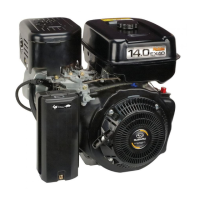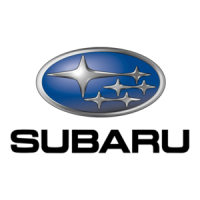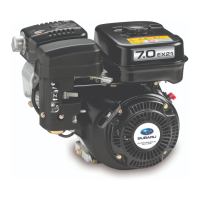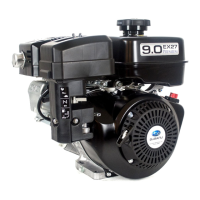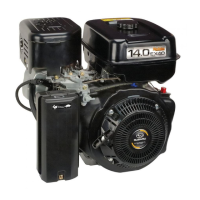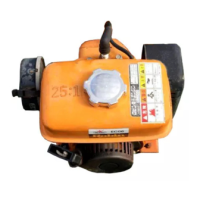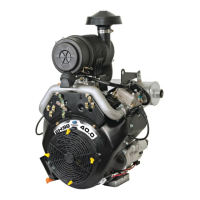Why is my Subaru EX35 overheating?
- JjohnsonrichardJul 30, 2025
If your Subaru Engine is overheating, it could be due to issues within the engine itself. Try cleaning or replacing components. Also, check and adjust the carburetor. Make sure to check and clean or replace parts as necessary, and adjust the engine to its rated load.
